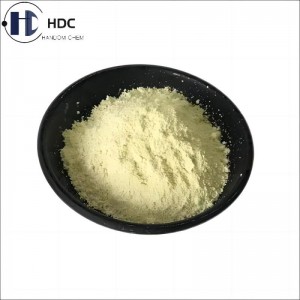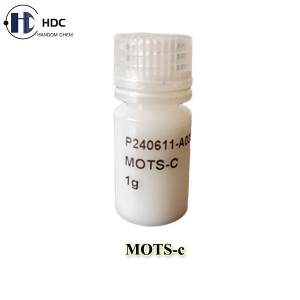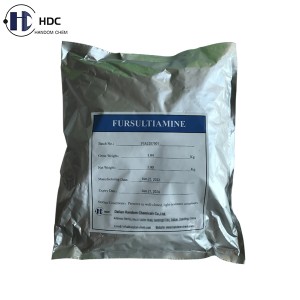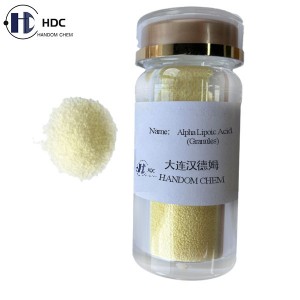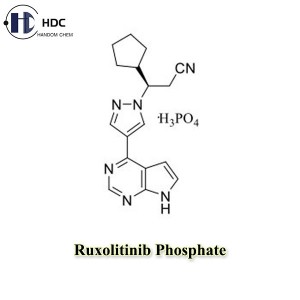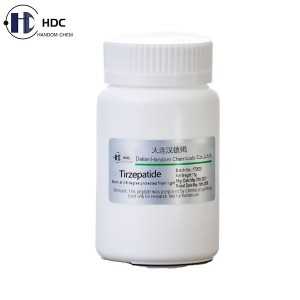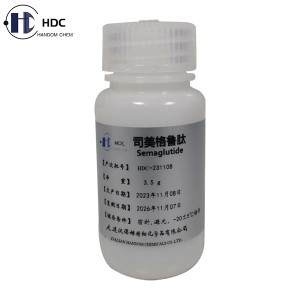7,8-Dihydroxyflavone
Chemical Structural Formula
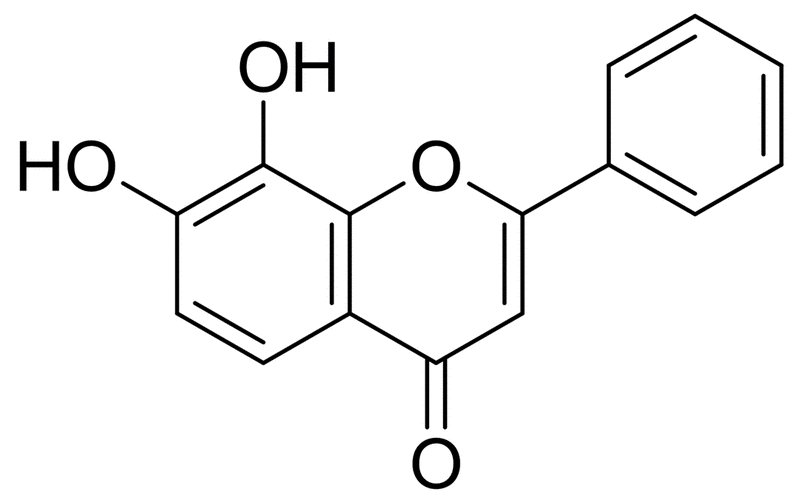
Physical & Chemical Properties
| Melting Point | 243-246℃ |
| Boiling Point | 494.4±45.0 °C(Predicted) |
| Density | 1.443±0.06 g/cm3(Predicted) |
| FEMA | 4830 |
| Storage Conditions | Inert atmosphere, Room Temperature |
| Solubility | Soluble in DMSO(24mg/mL), Methanol and Ethanol. |
| Form | Solid |
| Acidity Coefficient (pKa) | 6.86±0.40(Predicted) |
| Colour | Yellow or tan |
| Stability | Stable for 12 months from the date of manufacturing if protected from sunlight and moisture. Solutions in DMSO or Ethanol may be stored for up to 1 week at -20°C. |
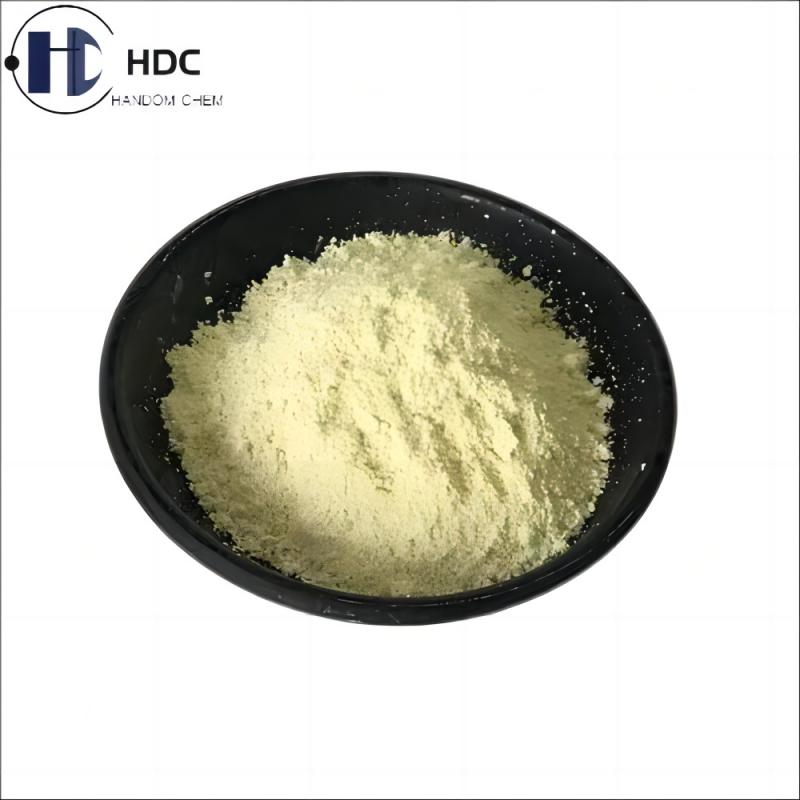
Biological Activity
7,8-Dihydroxyflavone (7,8-DHF) is a potent and selective TrkB receptor agonist (Kd≈320 nM). The TrkB receptor is the main signaling receptor for brain-derived neurotrophic factor.
In Vitro Studies
250 nM 7,8-DHF specifically activates TrkB, but not TrkA or TrkC. In addition to cerebral cortex and hippocampal neurons, 7,8-DHF also protects other cells such as retinal ganglion cells (RGC) and PC12 cells from oxidative stress-induced apoptosis and cell death. Therefore, 7,8-DHF has neuroprotective effects.
In Vivo Studies
7,8-Dihydroxyflavone is a compound with biological effects. After intraperitoneal injection or oral administration to mice, 7,8-Dihydroxyflavone can cross the blood-brain barrier and activate TrkB and its downstream PI3K/Akt and MAPK. 7,8-DHF promotes the viability and reduces apoptosis of cortical neurons during traumatic brain injury. 7,8-DHF was administered 3 hours after injury, and 7,8-DHF could reduce tissue damage through the PI3K/Akt signaling pathway. Treatment with 7,8-DHF did not induce any overt toxic effects in mice, and chronic administration was not toxic to mice. 7,8-DHF has a strong therapeutic effect on Alzheimer's disease, and can inhibit obesity by activating muscle TrkB.
Uses & Applications
♔ Has an effective neurotrophic effect
♔ Can treat liver cancer
♔ It has a softening function on the cardiovascular system
♔ Scientific research



